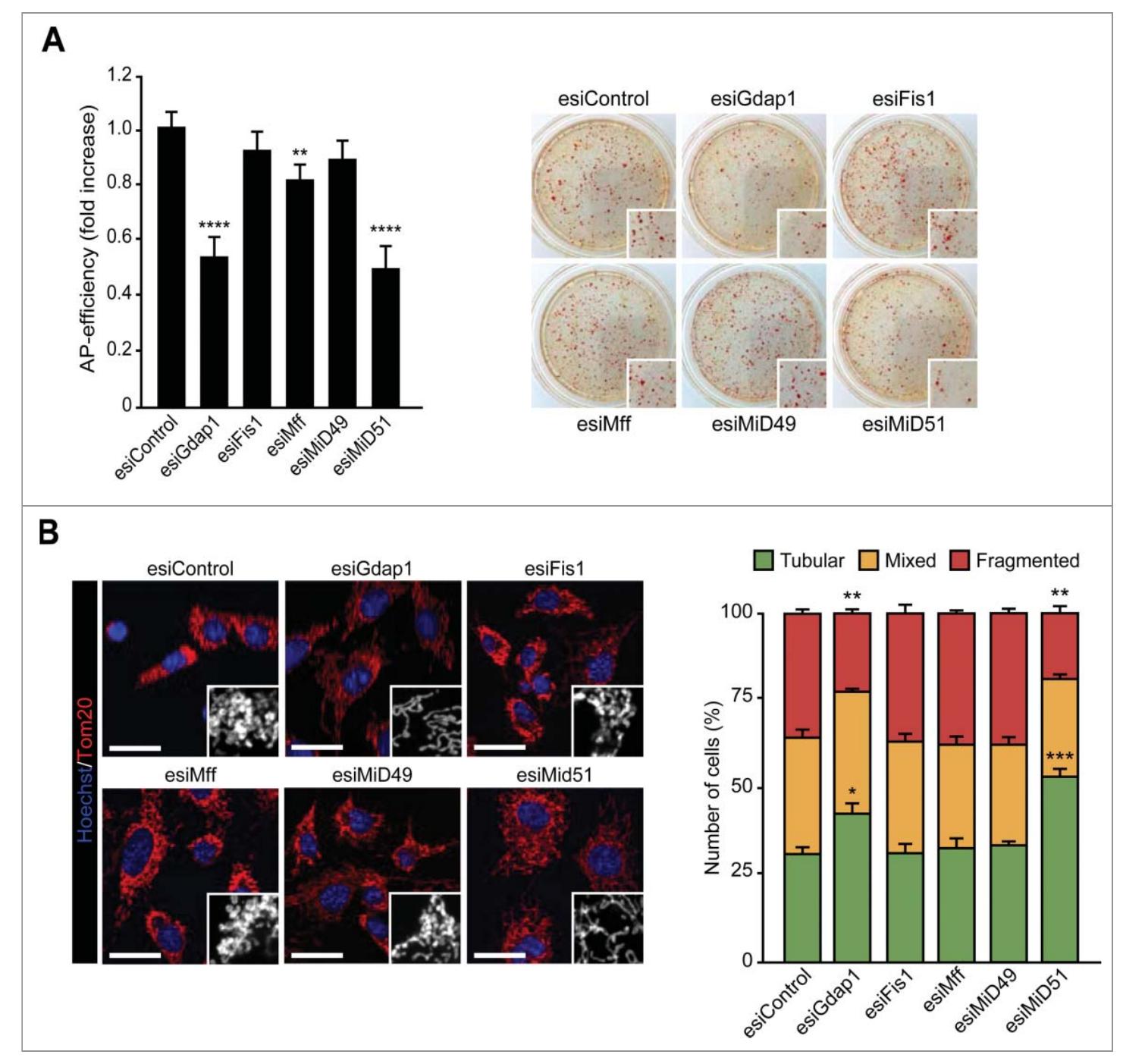Key research themes
1. How does genetic variability influence the differentiation potential and lineage bias of iPSCs derived from different somatic cell types?
This line of research investigates the extent to which genetic background versus cell type of origin determines the transcriptomic, epigenetic, and functional heterogeneity of induced pluripotent stem cells (iPSCs). Understanding these determinants is crucial for establishing iPSC biobanks and for ensuring reproducible differentiation outcomes across donors and tissue sources.
2. What are the critical methodologies and advances for generating clinically relevant, stable, and safe neural stem cells from iPSCs for regenerative therapies?
Generating bona fide human neural stem cells (NSCs) from iPSCs that recapitulate the properties of fetal NSCs, comply with current good manufacturing practices (cGMP), maintain genomic stability, and demonstrate functional integration capacity is central for developing cell therapies for neurodegenerative diseases. This research theme covers technical protocols, quality controls, differentiation potential, and transplantation outcomes toward clinical-grade NSC production.
3. How can cutting-edge computational techniques enhance quality control, characterization, and functional analysis of human iPSCs and their derivatives?
Computational image analysis and machine learning, including convolutional neural networks and big-data analytics platforms, are increasingly essential for non-invasive, reproducible, and scalable quality control of iPSC colonies and derived cell populations. This research explores state-of-the-art approaches for automated phenotype classification, high-throughput data integration, and cell tracking to optimize iPSC line selection and standardize differentiation assessments critical for research and clinical-grade cell production.










